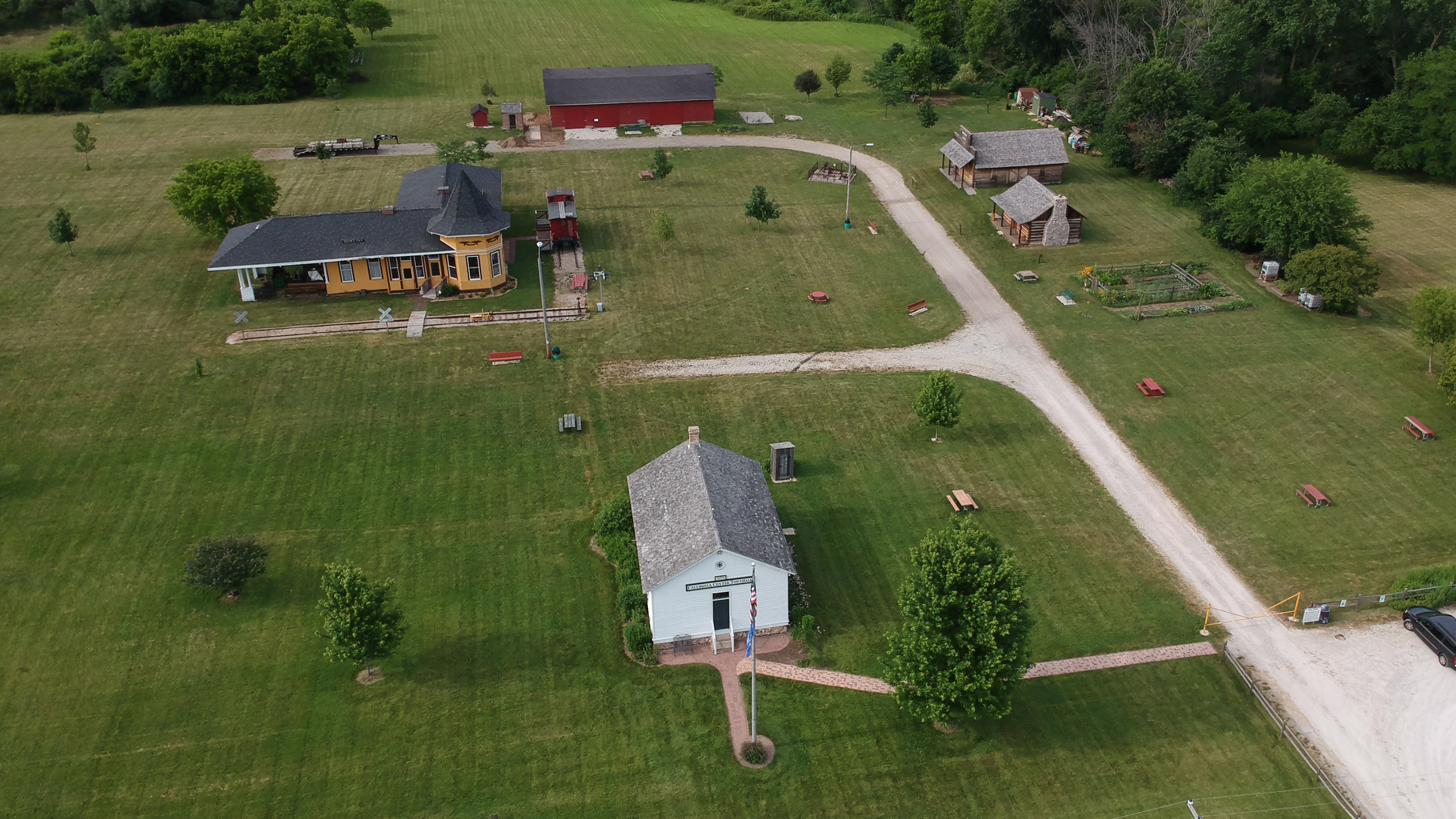CALEDONIA HISTORICAL SOCIETY HOLIDAY CRAFT AND BAKE SALE
Learn the history of Caledonia. Preserve the history of Caledonia. Share the history of Caledonia. The Caledonia Historical Society (CHS) is a non-profit organization dedicated to collecting, preserving, and sharing materials and information relating to the history of Caledonia. The CHS promotes the understanding of the history through the buildings located in the Caledonia Historical Village(CHV)and the artifacts contained within them.
Donations can now be made to the CHS online by visiting the right side of this Home page or the About page of this website. The CHS is a 501(c)3 non-profit, and the operation of the CHV is all accomplished by volunteers. Donations are welcome to help with the maintenance of the buildings and artifacts.
The grounds of the CHV are open from dawn to dusk, but the buildings will not be open. Please observe safe distance practices while enjoying the CHV environs.
HOLIDAY CRAFT AND BAKE SALE
The CHS will be holding a holiday craft and bake sale in the 1877 Town Hall in conjunction with the “Christmas at the Cabin” held by Sherry Lou Martin. The location is the Caledonia Historical Village located just east of Hwy 38 on 5 Mile Rd,
The event will be held December 3rd from 4 pm to 7 pm, December 4th from 12 pm to 4 pm, and December 5th from 11 am to 4 pm. All proceeds from the craft and bake sale will be used to maintain the historic buildings in the Caledonia Historical Village.
WHERE DID THOSE CREAM CITY BRICKS COME FROM?
The heavy clay soil of the southeastern portion of Caledonia was a curse to the farmers of the region, but it was a boon for George Erskine who lived in the Wind Point area in the 1870s. The nature of the soil, just inland from the shore of Lake Michigan, provided Erskine with the raw materials needed to make excellent bricks. Later in the century Adolph and William Hilker would purchase the Erskine property which included the brick factory. The brothers used a large, cream-colored stain of the clay to make bricks there for many years.
Towards the end of the 19th century many of Caledonia’s and Racine’s public buildings were being remodeled or rebuilt in brick. The Wind Point clay was excellent raw material for the production of large quantities of bricks, most with he distinctive yellowish cast that became known as “Racine” or “Cream City” brick.
The information provided here was taken from the book, “Journey to a Village, Caledonia 1835-2008.”

Comments
CALEDONIA HISTORICAL SOCIETY HOLIDAY CRAFT AND BAKE SALE — No Comments
HTML tags allowed in your comment: <a href="" title=""> <abbr title=""> <acronym title=""> <b> <blockquote cite=""> <cite> <code> <del datetime=""> <em> <i> <q cite=""> <s> <strike> <strong>